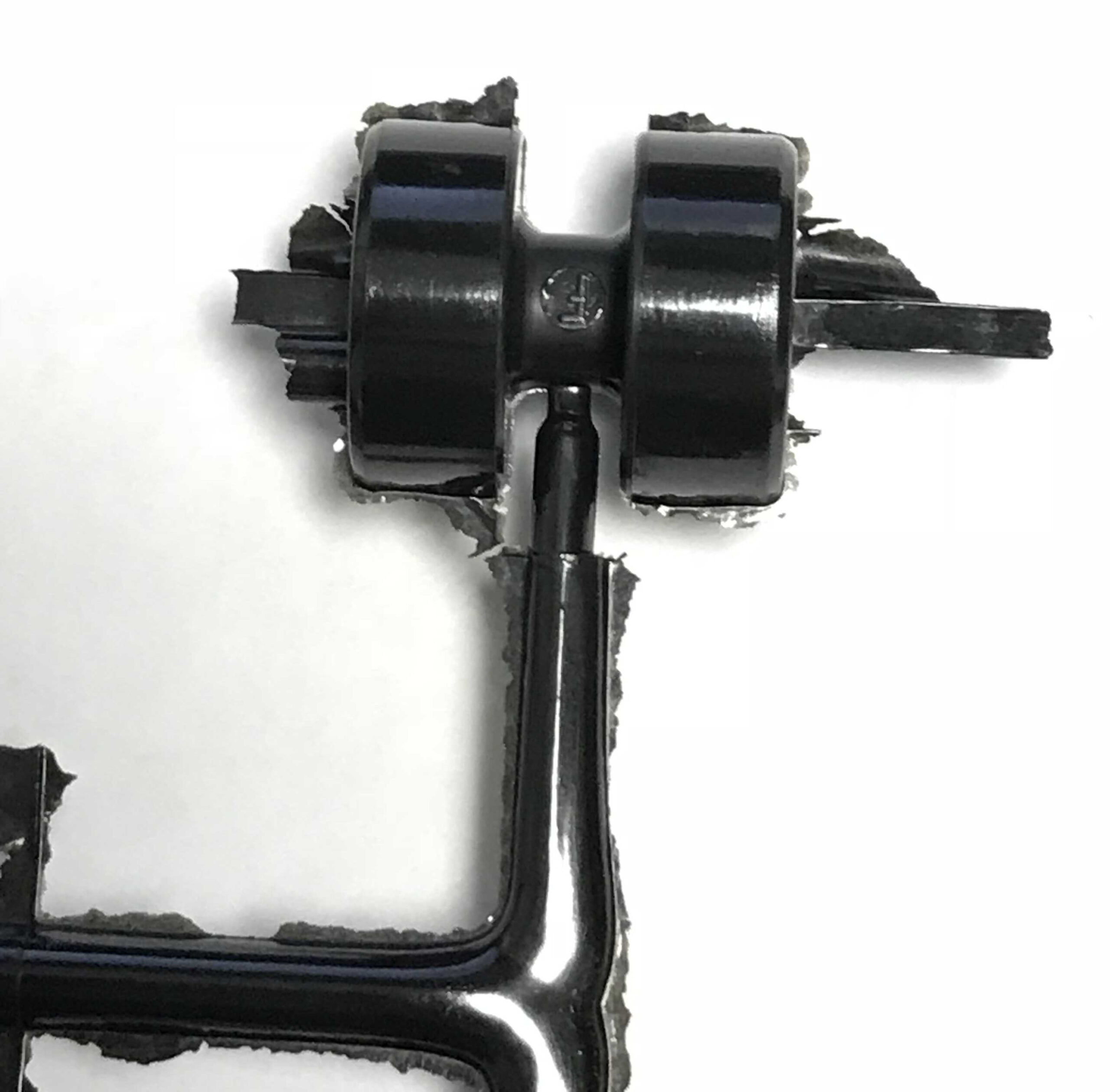Injection Molding with Thermosets
With history dating back to the original Bakelite plastic in the 1900s, thermoset plastics have been molded into parts and components for many decades. While thermosets have historically been formed with a compression molding process, thermoset production has evolved as new molding technologies have been discovered and advanced over the years. Currently, thermoset materials can be injection, compression, injection-compression hybrid, insert, and transfer molded into complex shapes and geometries. Each process offers its own advantages and disadvantages, depending on the part or assemblies end performance requirements, geometries, and volume throughput required.
Generally, the most cost-efficient way to produce thermoset parts is with an injection molding process. Molders can take advantage of multi-cavitation tooling to quickly mold parts in a high-volume production setting using injection molding. Injection molding thermosets provides a fast, scalable production throughput with quicker cycle times over a compression molding process, lowering overall costs of a part or assembly. Injection molding with thermosets allow a molder or mold designer to be flexible within a tooling design for gate location, gate styles, and parting line location. Designers can also implement slides or side actions into a tooling design to mold parts with complex part geometries.




Comments are closed